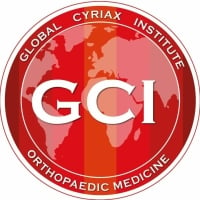Lasègue or straight leg raise, how to interpret?
The Importance of Correctly Interpreting a Positive Straight Leg Raise Test in Musculoskeletal Medicine
The Straight Leg Raise (SLR) test is a widely used neurological screening tool in musculoskeletal medicine, particularly for assessing patients with low back and leg pain. While seemingly simple, its diagnostic value hinges on accurate interpretation—a positive SLR can point to very different conditions depending on how it presents and is understood.
However, pain during the SLR can arise from other sources than e.g. a disc protrusion with pressure against the dura mater or the nerve root:
- Hamstring tightness or muscular stretch discomfort (not a true positive)
- Hip joint dysfunction or sacroiliac irritation
- Neural tension due to sensitized peripheral nerves (e.g., in chronic pain states)
Clinical Context Is Key
The SLR test must be interpreted within the broader clinical picture, including:
- History of trauma or discogenic symptoms
- Neurological signs (weakness, reflex changes, sensory loss)
- Mechanical behavior of pain (e.g., worse with sitting or coughing)
The Straight Leg Raise test remains a valuable tool in musculoskeletal assessment—but only when used thoughtfully. A correct interpretation requires attention to pain characteristics, range of provocation, and associated signs. When done properly, it provides powerful insight into the underlying cause of leg pain and helps guide targeted, effective care.
